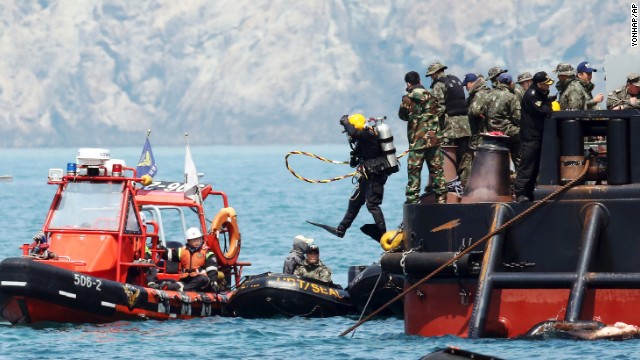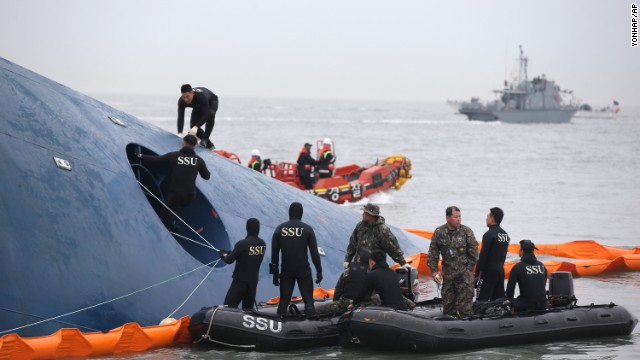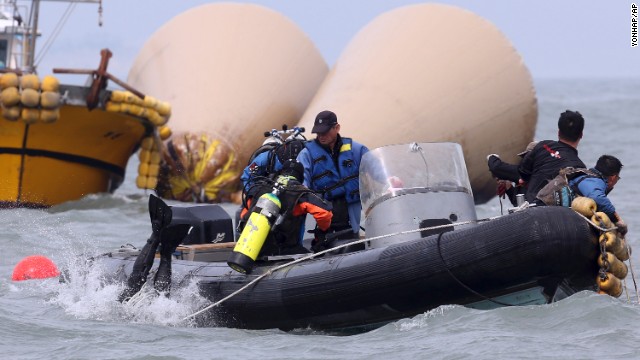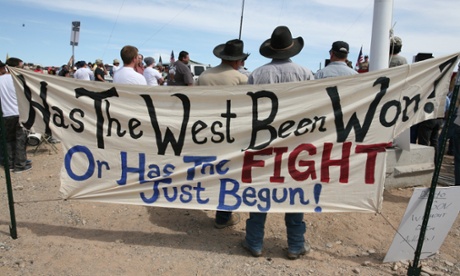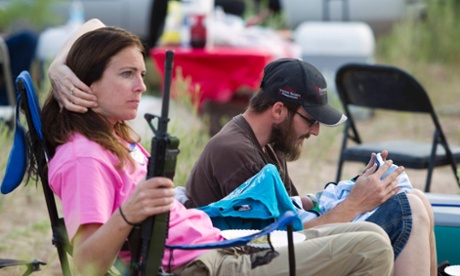Conveniently Dying
"A detective is following up to make sure nothing suspicious occurred with her death. We're making sure everything is above board."
"Unfortunately, the victim passed away and this may change things for us with the state attorney and what charges they can proceed with. Grand theft may be out the window."
Captain Jeff Trylch, Palm Beach Police
"As long as we have sufficient factual basis, we will proceed. If we are missing an element that only the victim could provide, the state would then have to decide whether or not to proceed."
"We aggressively prosecute cases regardless of the economic or social standing of those involved."
Mike Edmondson, spokesman, Florida state attorney

Two women, the first born in Romania who moved to New York in 1962 where she married an investment banker who died in 2004, leaving her immensely wealthy as a widow. "We've been lucky. There has been no heart disease in our families, they died simply from old age, at 93 and 94", Helga Marston was reported to have said in a social column dating to 1985. She died herself a few days ago, at age 92, and it could be said that age took her, but Alzheimer's had the first shot.
She was a great good friend of another woman quite like herself; beautiful, intelligently accomplished, wealthy by inheritance of marriage, moving comfortably in elite social circles, and having the distinction of founding the Canadian Breast Cancer Foundation, as well as being involved in advancing the arts, though of a later generation of her friend Helga Marston. Nancy Tsai, originally from small-town Ontario, also married well, not once but twice, first to a millionaire, then a billionaire.
They had been friends for many decades, growing old/er together, leaving one just past her prime, the other advanced into the status of the elderly frail. While Nancy Tsai retained her cerebral function intact, her older friend Helga Marston succumbed to Alzheimer's, her mind increasingly absent while her body strove to match her genetic familial history's penchant to long life. Helga trusted Nancy, and so Nancy had Power of Attorney of the older woman's estate, then became a Trustee.
The trouble was, the financial institution with which Nancy Tsai registered her friend's trust saw some alarming irregularities which concerned them and they, most uncharitably, but with an eye to their reputation, called in the police to investigate. It seemed to them evidently, unreasonable that while Ms. Marston languished during her end-of-days in a health-care facility (hospice), her trusted friend proceeded to make some peculiar investments on her behalf.
As, for example, by withdrawing $2,292,000 from Helga Marston's account for the purchase of a penthouse apartment; $302,000 to renovate that apartment; $270,000 to take possession of a Bentley Continental GT V8 coup; and $101,200 to pay for a 2013 Mercedes S550, an executive sedan. Jetting to Toronto and back, the sole passenger on a private jet, charging shopping and expensive restaurant invoices to the trust, that kind of, ahem,' irregularity'.
Palm Beach Police Captain Trylch looked up financial records, sought medical opinions and interviewed a cast of witnesses, all the while keeping in mind Ms. Marston's vulnerable state of health, teetering between being "on another planet" mentally in the words of a medical specialist, and departing this planet to remain permanently on that other planet whose plane of being we have no idea about.
"It is why we tried to move as expeditiously as possible", he explained. And so, he as lead investigator, established from the interview with that same doctor that Ms. Marsten's awareness simply was absent, she had "zero" mental capacity. Astonishingly, though that was the reality it would appear she managed somehow to approve legal and banking documents providing Ms. Tsai with access to her millions.
Even more amazing, in March of 2013, Ms. Marston amended her will, naming as beneficiaries Nancy Tsai and her daughter. A handsome inheritance indeed. And imagine, this is how peculiarly fortune would have it; a trusted, long-time friend who bought a costly property and vehicles to enrich her elderly friend's lifestyle, will now inherit it all.
Pure, blind luck!
Labels: Canadian-American relations, Celebrity, Crime, Justice




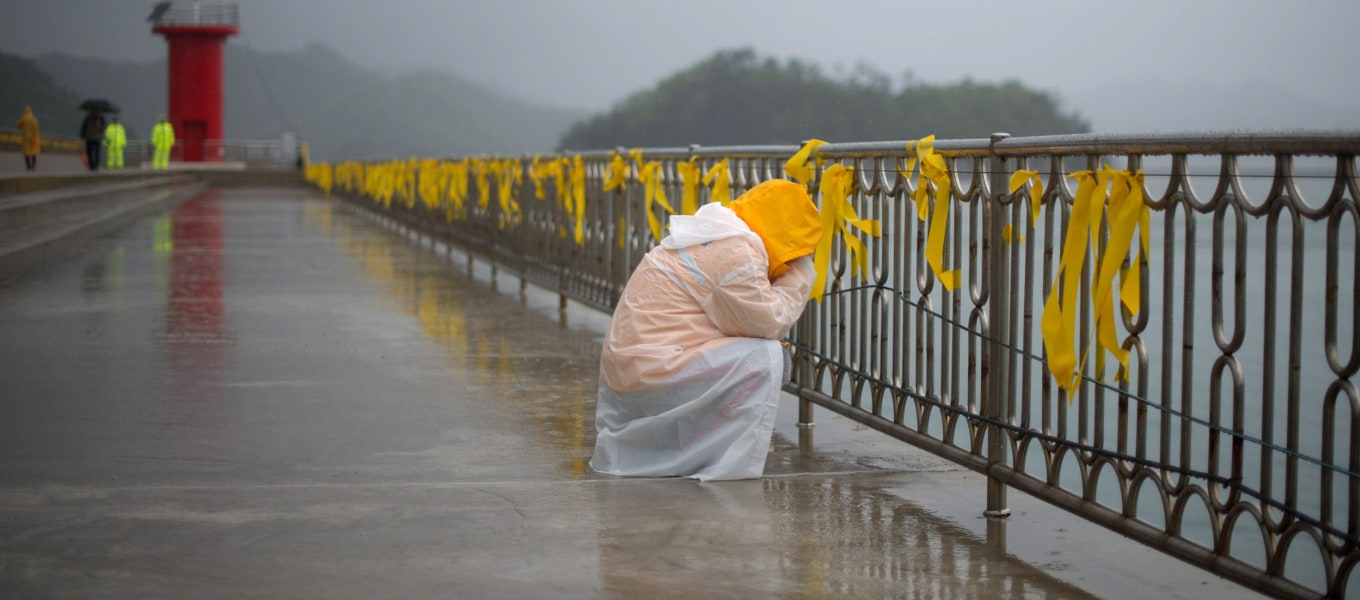
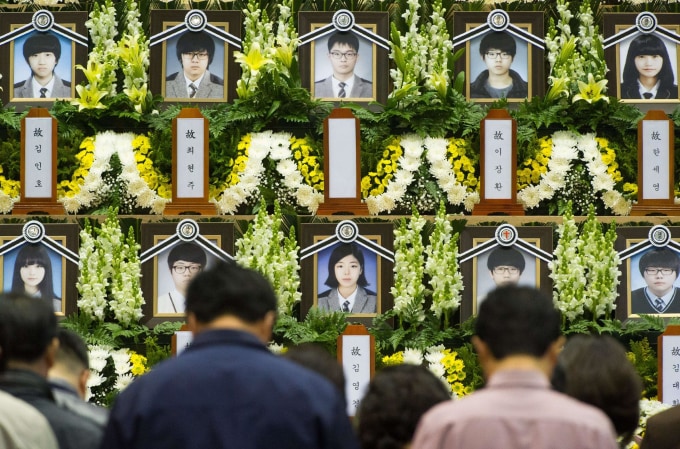















 Trust
Trust













